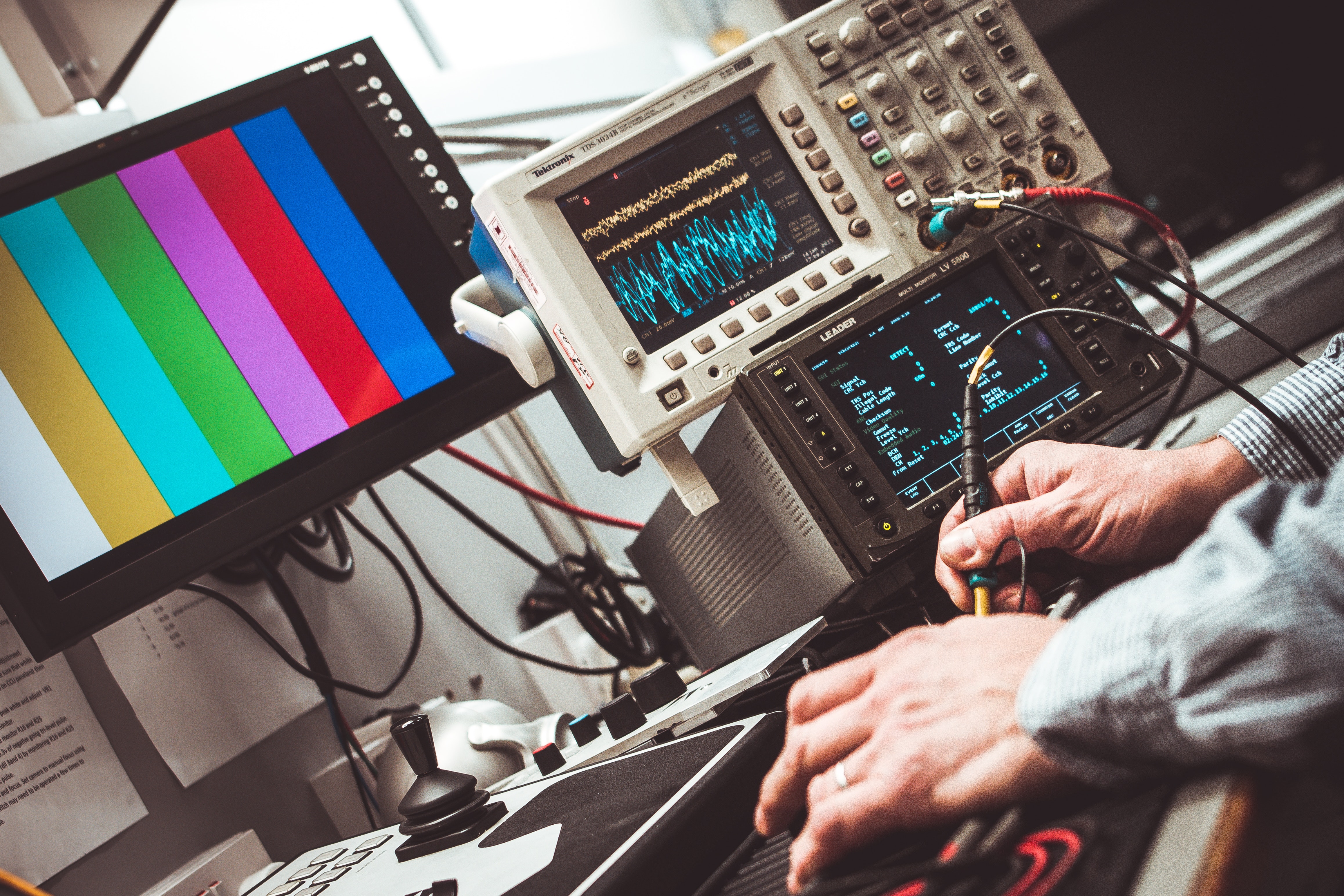Molding machines in industries are used to manufacture different kind of products at a vast level. It depends upon the material as to what variety of products you want to make with the machine. Plastic molding machines have been in use for a long time. Continued development in technology has brought some changes in the machinery of any device, especially in plastic molding machines. They start using an injector to pass molten material in proper quantity.
Let’s know more about Plastic Injection Molding machine.
Types of Plastic Injection Molding Machine
There are two types of Plastic Injection molding machines, namely horizontal machine, and vertical machine. Both are different from each other with respect to their size and features. Horizontal machines cover the large ground floor while vertical machine covers less space but require a proper hight of the roof. Horizontal machines have high demand in industries as compared to vertical machines.
Parts of Plastic Injection Molding Machine
The machine is an assembly of many small and big components. The primary components of the machine are a hopper, a barrel, a reciprocating screw, temperature control device, clamping unit, and an injection mold. Plastic injection molding manufacturer uses a 3D computer generated models to make these parts. A skilled team of designers and engineers act to fulfill the industrial demands.
Injection Molding Process
First of all, plastic and color are filled into the barrel through the hopper. The raw material in the barrel is pressurized and heated to convert it into a molten state. In the next step, the reciprocating screw precise the molten plastic according to the weight of the product. And supplies it to the injection mold to set temperature, pressure, and speed of the plastic. Once the injection mold fills the molten plastic, the injection process gets completed.
The material in the mold is left for cooling and after getting cooled, it is taken out of the mold to give a final finishing.
Plastic molding has been in use for 70 years. The basic idea of filling molten material in the mold has passed through many transformations to make the machine able to manufacture thousands of everyday items.

